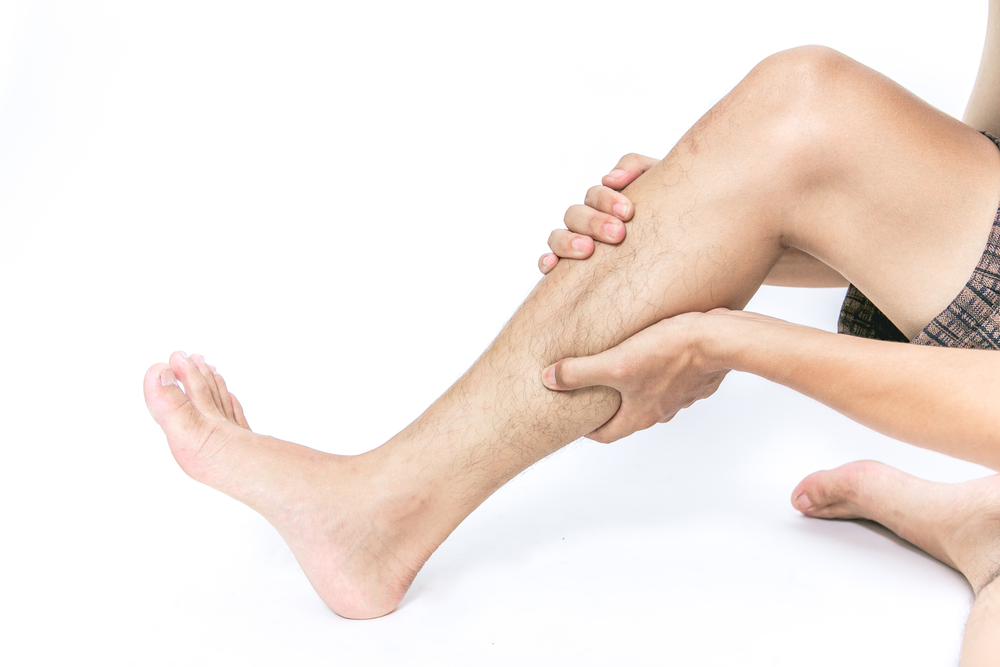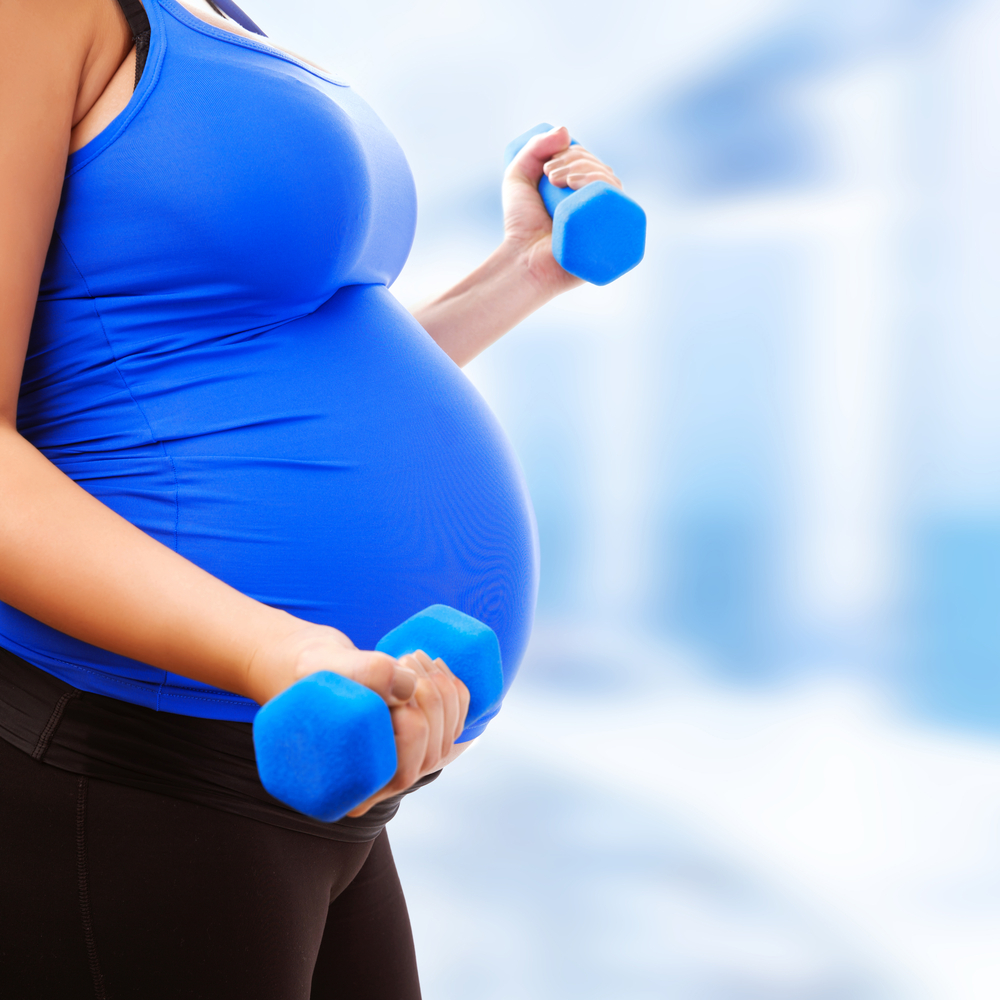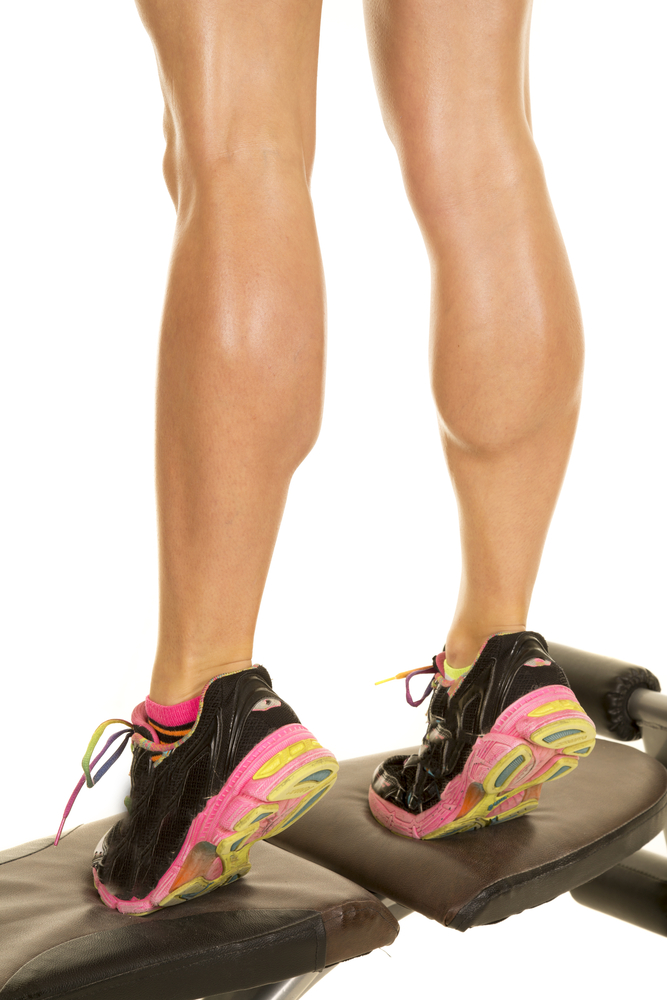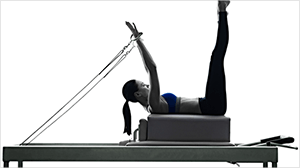5 tips for managing proximal hamstring tendinopathy!
 High hamstring tendinopathy is an injury that can linger and be difficult to manage!
High hamstring tendinopathy is an injury that can linger and be difficult to manage!
It is aggravated by activities with compressive load on the proximal hamstring tendon, when the hamstring is working with the hip flexed.
5 tips to help self manage this proximal hamstring tendinopathy are: Read more




